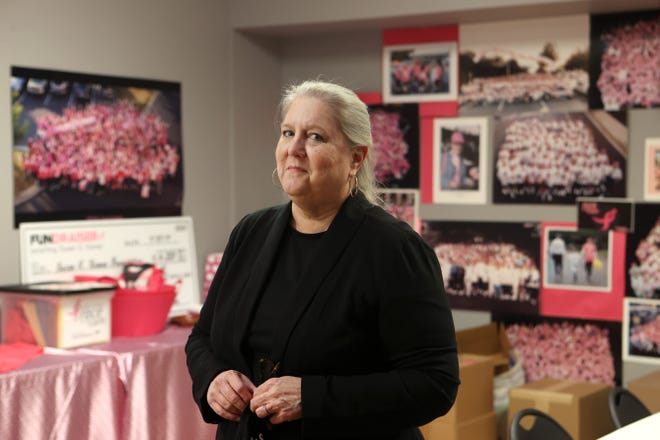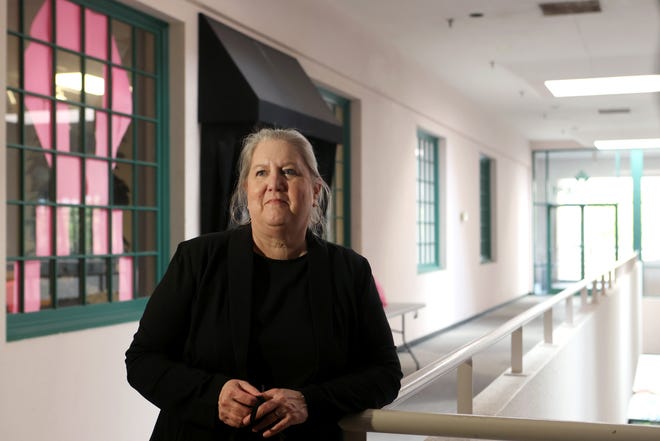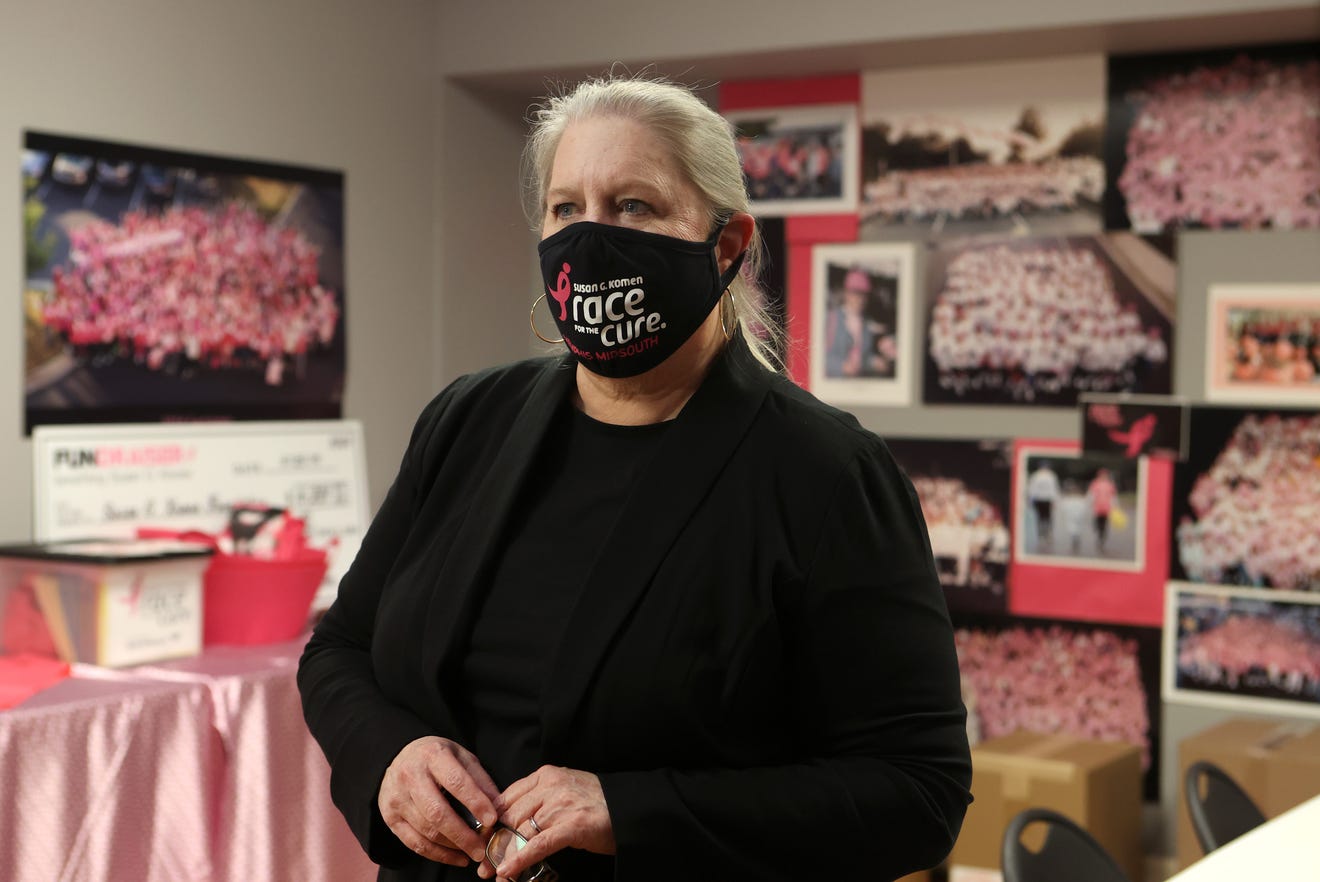For Memphis breast cancer survivors, high mammogram costs can stage its comeback
At first, I thought it was a typo.
Because mammograms are supposed to be covered under the Affordable Care Act,I rubbed my eyes and readjusted my glasses to see whether the $533 on my billing statement for my annual test wasn’t really $5.33. Or $53.30.
Nah.
It was $533.
As it turns out, being a breast cancer survivor put me in that category of women who must receive diagnostic, as opposed to screening mammograms, each year. While insurance companies fully cover screening mammograms, they don’t cover diagnostic, 3D mammograms.
And all I could think about was how, while that copayment wouldn’t prevent me from getting my annual mammograms, that likely wouldn’t be the case for many Black women in Memphis who are breast cancer survivors, and who die from breast cancer at three times the rate than white women here.
I also thought about how such costs could amount to a death sentence for breast cancer survivors here who are underinsured and overwhelmed; women who beat back breast cancer but can’t afford the costs of keeping it at bay.
“A lot of breast cancer survivors feel like they’re being penalized for being survivors,” said Elaine Hare, CEO of Komen Memphis-MidSouth.

Hare said some women face diagnostic copayments as high as $2,500.
“That’s something that the insurance companies need to address,” Hare said, “because you have to have a diagnostic mammogram if you’ve had cancer, and if you need other tests, like an ultrasound or an MRI, that can be expensive.”
So, many women may skip those tests — and that likely boosts the chances of Black women in Memphis, the nation’s second poorest large city, dying from breast cancer.
While the most recent report from the Memphis Breast Cancer Consortium, which focuses on reducing disparities in breast cancer deaths, found that 22.2 white women per 100,000 die from the disease here, it also found that nearly 70 Black women per 100,000 die from it.
Expensive co-payments for diagnostic mammograms and other costs may fuel that problem, said Carla Baker, project director of Memphis Breast Cancer Consortium, which focuses on reducing disparities in breast cancer deaths.
“It does impact a lot of women because they don’t have the money,” Baker said, “and a lot of the resources out there are mostly for the screening mammograms.”
A 2015 focus group study of Black breast cancer survivors in Memphis titled: “African American Women: Surviving Breast Cancer Mortality Against the Highest Odds,” underscores Baker’s point.
It found that while most of the participants had insurance, some were struggling with excessive out-of-pocket co-payments.
“Co-payments and other out-of-pocket expenditures varied,” the study reads, “and the degree of financial hardship experienced by those facing these expenses depended on the income resources available to the women.”
However, while pricey copayments for diagnostic mammograms and follow-up procedures such as biopsies are a challenge for breast cancer survivors here, it’s also a challenge that Komen, MBCC, and other groups try to help them meet.
Komen, for example, provides grants to cover copayments for diagnostic mammograms, and it recently changed its grant requirements so that more women can qualify, Hare said.
“Two to 50 percent times the poverty rate is what it normally takes to qualify for a grant,” she said. “But what we know is that you can have income above that and still not have another $1,500 lying around to pay a copay on a diagnostic…
“We know that moms will put their children and their families first, and if you’re not in pain, or don’t have other pressing issues, it’s hard to make yourself come up with $1,500 for a test.”

Komen, in fact, has given more than $13.6 million in grants in the Memphis area, Hare said.
But, said Baker: “Komen has money [to help pay for diagnostic mammograms] but what’s important for many of us is that when they say you have to have all these extra tests, you have to say, ‘I can’t afford to pay for this.’”
“They can then tell you what resources are available.”
Yet many breast cancer survivors, like me, may automatically assume that if they have insurance, the insurance will cover it — especially since a mammogram is a test and not a treatment.
While the screening mammogram helps women detect the beginnings of cancer and a diagnostic mammogram helps cancer survivors detect the return of cancer, both serve the same purpose in helping women stay well.
For many breast cancer survivors, and especially Black breast cancer survivors in Memphis who work in warehousing jobs that pay low to moderate wages, a high copayment for a mammogram can be a disincentive to monitoring their health.
“You can pay [the provider] what you’re able to pay, but if you’re trying to make ends meet, paying $10 to $20 a month is money that isn’t being used to feed kids, or to pay rent,” Baker said.
Which is why being saddled with high copayments for diagnostic mammograms seems as if breast cancer survivors are paying a fine for… surviving.
No matter that the lives of their children, and so many others, depends on them doing so.
You can reach Commercial Appeal columnist Tonyaa Weathersbee at 901-568-3281, tonyaa.weathersbee@commercialappeal.com or follow her on Twitter @tonyaajw.
Source: Commercial Appeal By Tonya Weathersbee
Support families fighting financial toxicity of cancer –here
